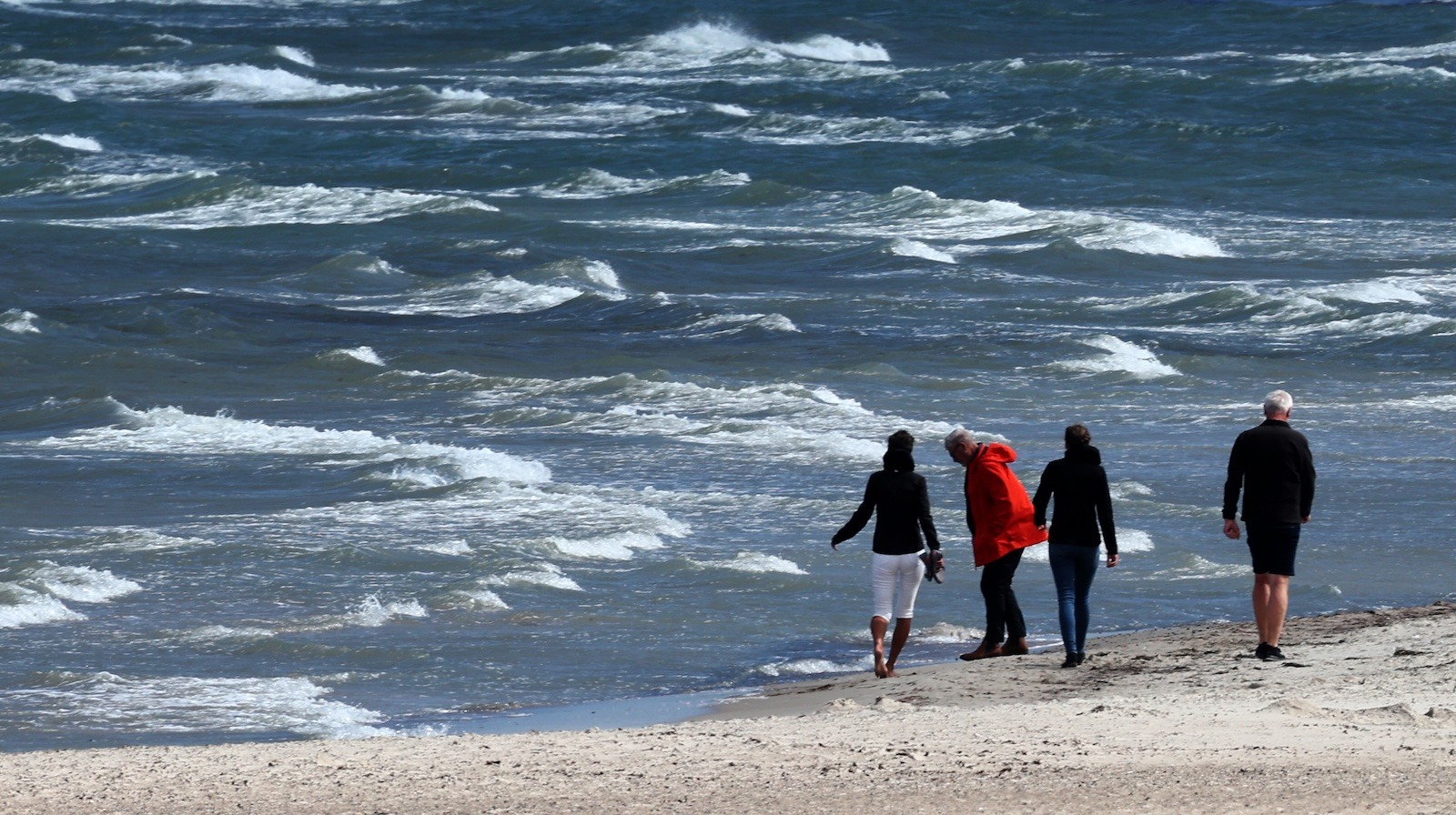Computation, Vol. 13, Pages 178: An Image-Based Water Turbidity Classification Scheme Using a Convolutional Neural Network
Computation doi: 10.3390/computation13080178
Authors:
Itzel Luviano Soto
Yajaira Concha-Sánchez
Alfredo Raya
Given the importance of turbidity as a key indicator of water quality, this study investigates the use of a convolutional neural network (CNN) to classify water samples into five turbidity-based categories. These classes were defined using ranges inspired by Mexican environmental regulations and generated from 33 laboratory-prepared mixtures with varying concentrations of suspended clay particles. Red, green, and blue (RGB) images of each sample were captured under controlled optical conditions, and turbidity was measured using a calibrated turbidimeter. A transfer learning (TL) approach was applied using EfficientNet-B0, a deep yet computationally efficient CNN architecture. The model achieved an average accuracy of 99% across ten independent training runs, with minimal misclassifications. The use of a lightweight deep learning model, combined with a standardized image acquisition protocol, represents a novel and scalable alternative for rapid, low-cost water quality assessment in future environmental monitoring systems.
Source link
Itzel Luviano Soto www.mdpi.com

